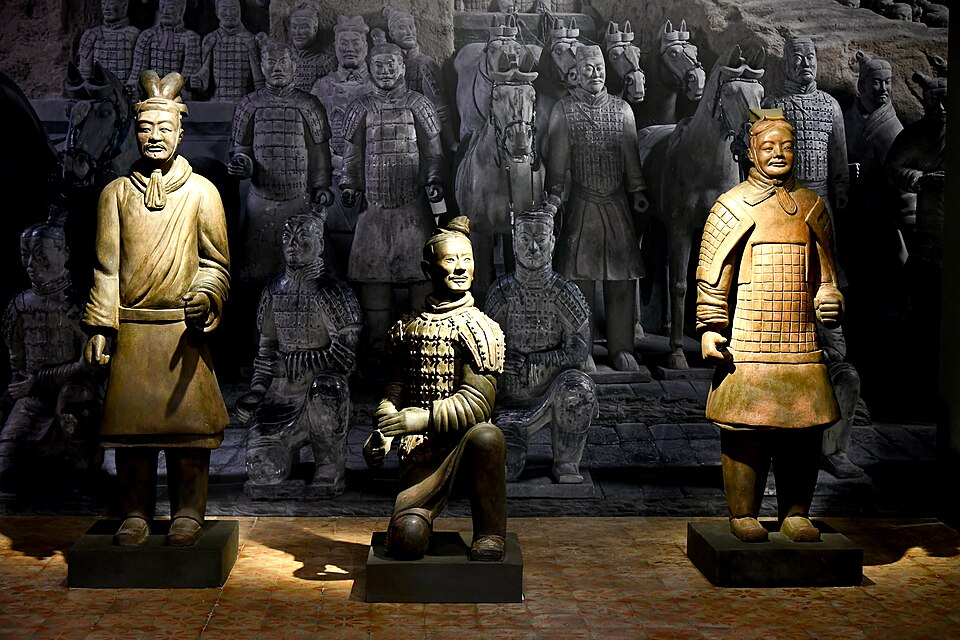
Some destinations aren’t merely difficult to reach they are completely impossible. And not because they’re full up or located in some secluded corner of the world, but because it’s possible setting foot there would amount to a crime, a risk to your life, or disturbance of something so irreplaceable it’s been quarantined permanently. These forbidden destinations occupy the intersection of threat, intrigue, and heritage, each with an origin that makes them all the more irresistible.
From viper-infested islands to grain vaults that store the world’s food future, the reasons why they’re off-limits are as compelling as the destinations themselves. For adventure-seekers and history buffs, these places are the ultimate “look but don’t touch” destinations teasing, mysterious, and usually accompanied by myth.
Here’s a closer look at 10 of the world’s most fascinating off-limits places, and what keeps them under wraps.
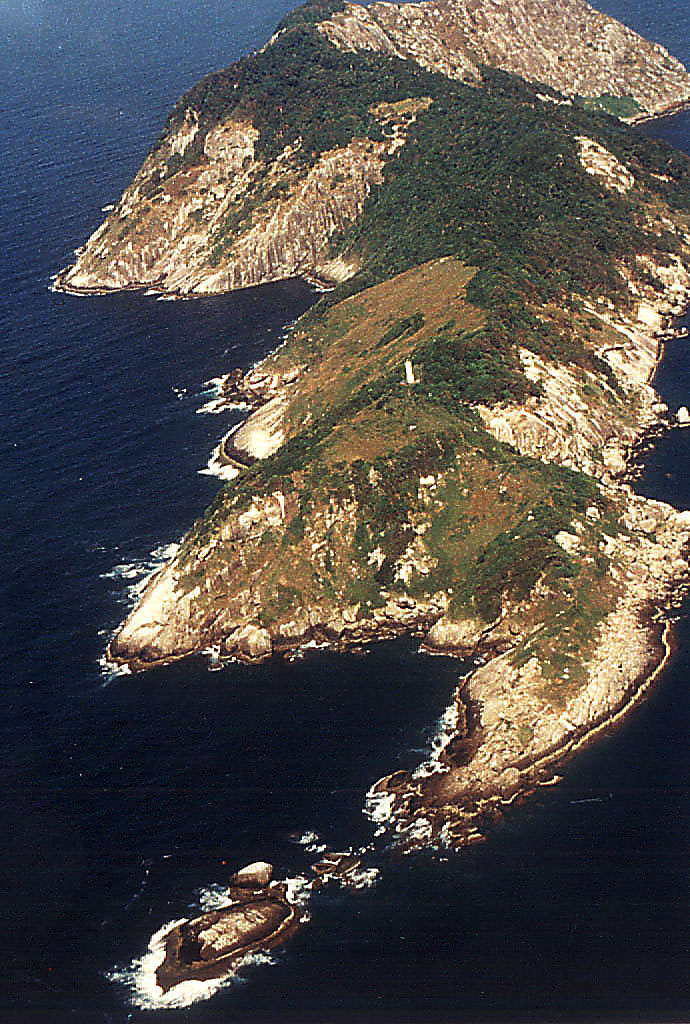
1. Snake Island, Brazil’s Poisonous No-Go Zone
Ilha da Queimada Grande, also known as Snake Island, is notorious for its sheer number of golden lancehead vipers venomous snakes whose bite will result in rapid tissue necrosis. Estimates suggest there’s roughly one snake per square meter, making it impossible to avoid an encounter. The Brazilian government has banned public visits, allowing only select researchers with a doctor on hand to step ashore. The isolation of the island over thousands of years allowed the golden lancehead to evolve a venom five times more potent than its mainland relatives, perfectly adapted to hunting birds. Even the island’s solitary lighthouse has been automated since the 1920s to exclude people.
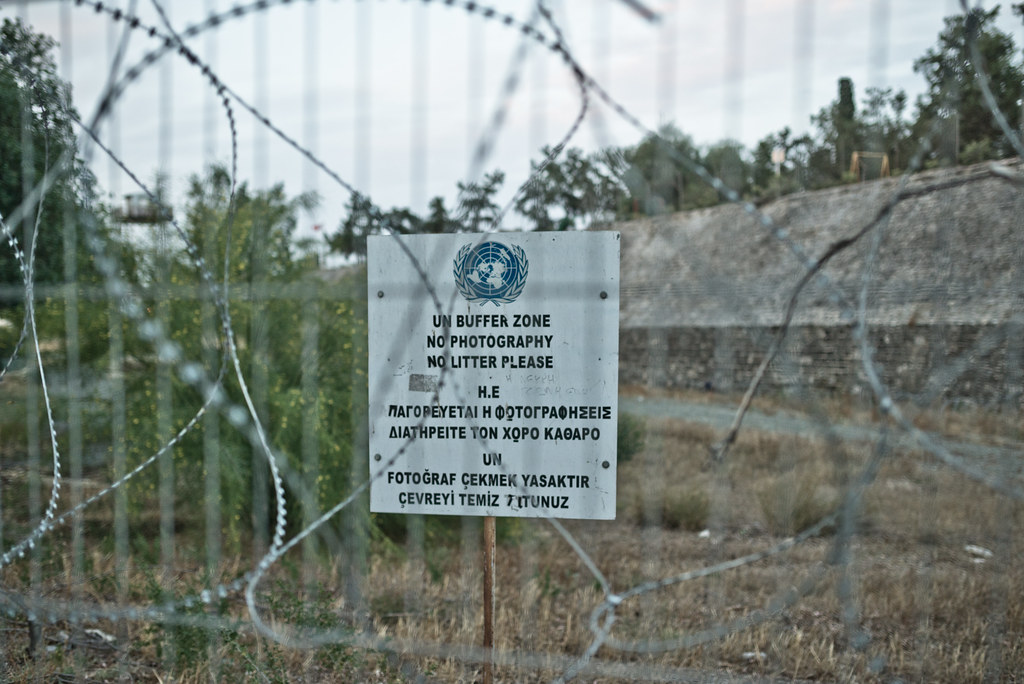
2. The U.N. Buffer Zone in Cyprus
Running 180 kilometers long across the island of Cyprus, the U.N.-patrolled “Green Line” is a remnant of the 1974 Greek-Turkish Cypriot war. The no-man’s land cuts through the capital city of Nicosia, where abandoned houses and shops are left frozen in time. Few villages are still populated inside its boundaries. While leaders gathered in May 2025 to negotiate the opening of border gates, the region is still tightly sealed off, its decaying buildings a poignant reminder of a partitioned island and a war still unresolved.
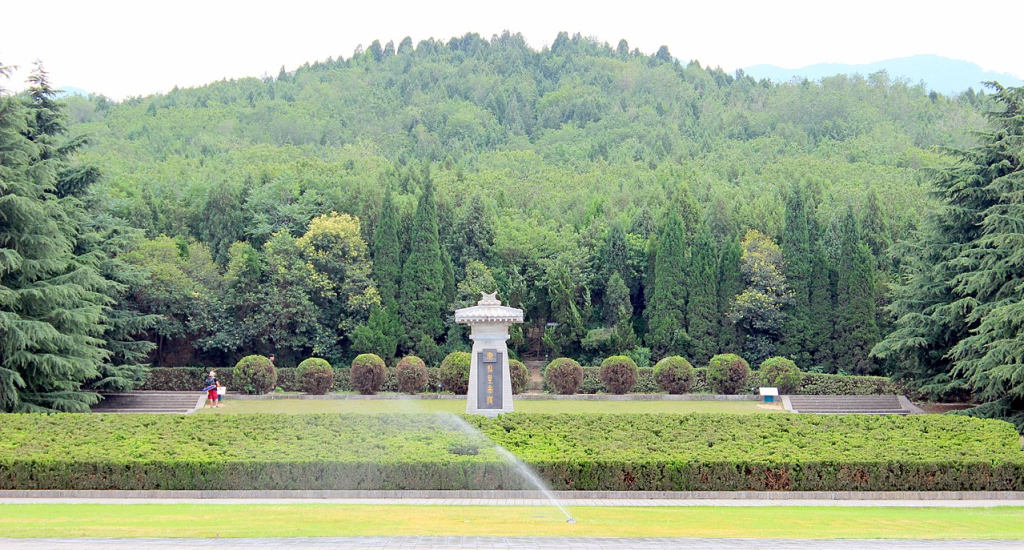
3. The Unopened Tomb of Qin Shi Huang
Unearthed in 1974, the resting place of China’s first emperor lies protected by the world-renowned Terracotta Army-more than 8,000 terracotta soldiers, horses, and chariots. But the emperor’s central tomb is sealed, untouched since 210 B.C.E. The government of China prohibits excavation, on both grounds of respect for the dead and risk of irreparable loss using present technology. Contributing to the risk, high concentrations of mercury have been found in the soil, a possible health risk for anyone who tries to get inside.

4. Chernobyl’s Long Shadow
The 1986 Chernobyl Reactor No. 4 explosion released radioactive contamination into Ukraine, Belarus, and the wider world. Almost 350,000 were evacuated, and scientists believe areas of the exclusion zone will not be safe for a further 20,000 years. Although restricted tours operated in the past, the current Russia-Ukraine war has suspended them. Scientists continue to study the long-term effects on health and the environment from the disaster, from the spikes in thyroid cancer to the unexpected resilience of wildlife populations in contaminated zones.
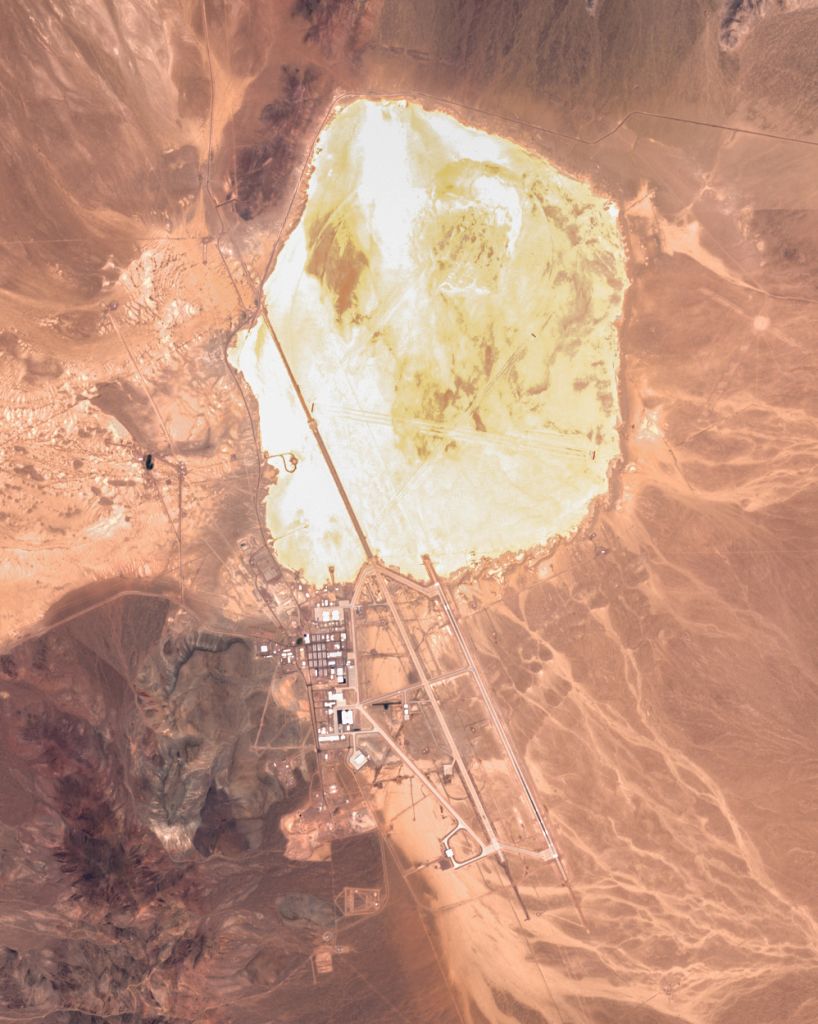
5. Area 51, Nevada’s Most Secret Enigma
Officially confirmed by the U.S. government only in 2013, Area 51 has been the nexus of UFO legend for decades. Declassified documents show its Cold War function in developing spy aircraft such as the U-2 and A-12 OXCART, and even arguments regarding the release of a 1974 Skylab photo of the facility. The airspace over the facility is closed, its fences guarding it with guns, and even cleared visitors show up in unmarked planes with shades drawn across their windows. What goes on within is kept secret, feeding speculation on end.
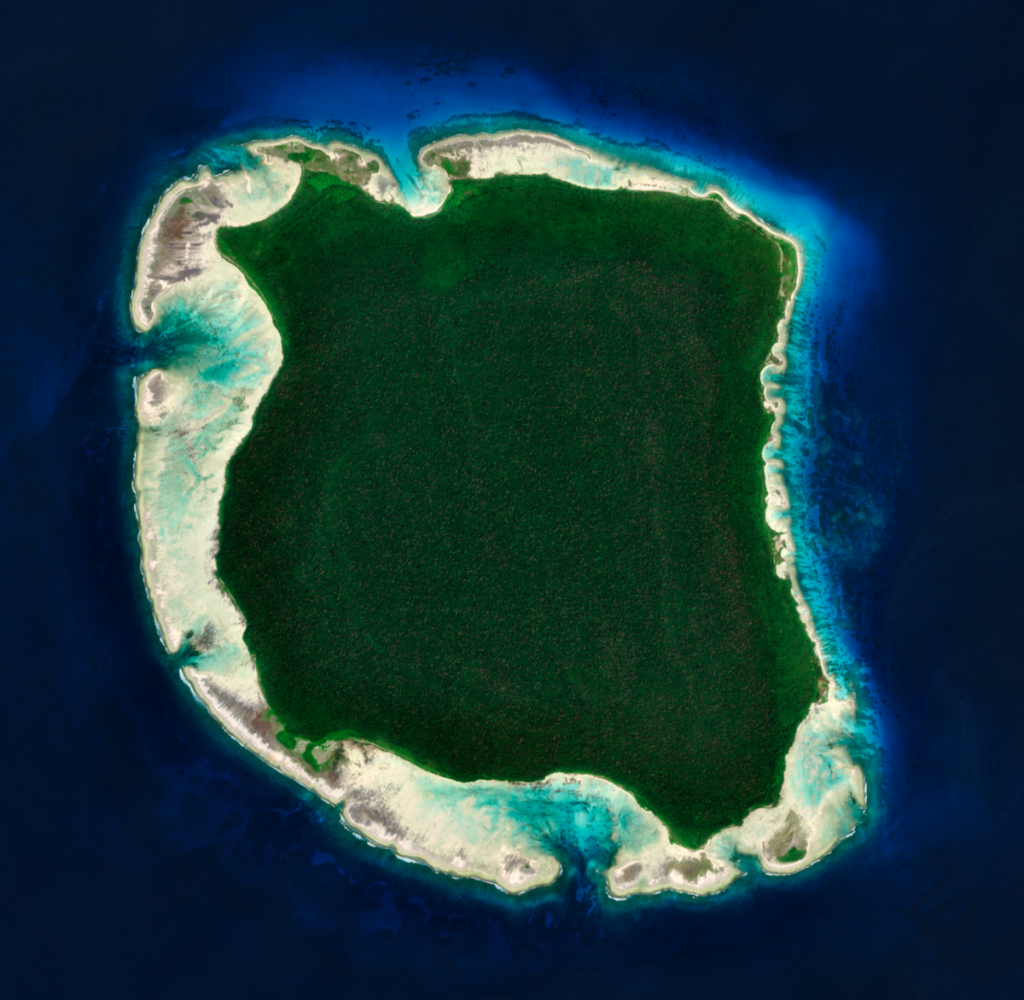
6. Fierce Isolation of North Sentinel Island
Inhabited by the Sentinelese, one of the last uncontacted peoples of the world, India’s Andaman archipelago’s North Sentinel Island is strictly forbidden. The tribe has been defying outside contact for millennia, and the Indian government has a 5-kilometer buffer zone to shield them from disease and maintain their lifestyle. Landing attempts have usually concluded in violence, such as the 2018 murder of an American missionary. Anthropologists who previously provided coconuts from afar were never invited overland, highlighting the Sentinelese need to be left alone.
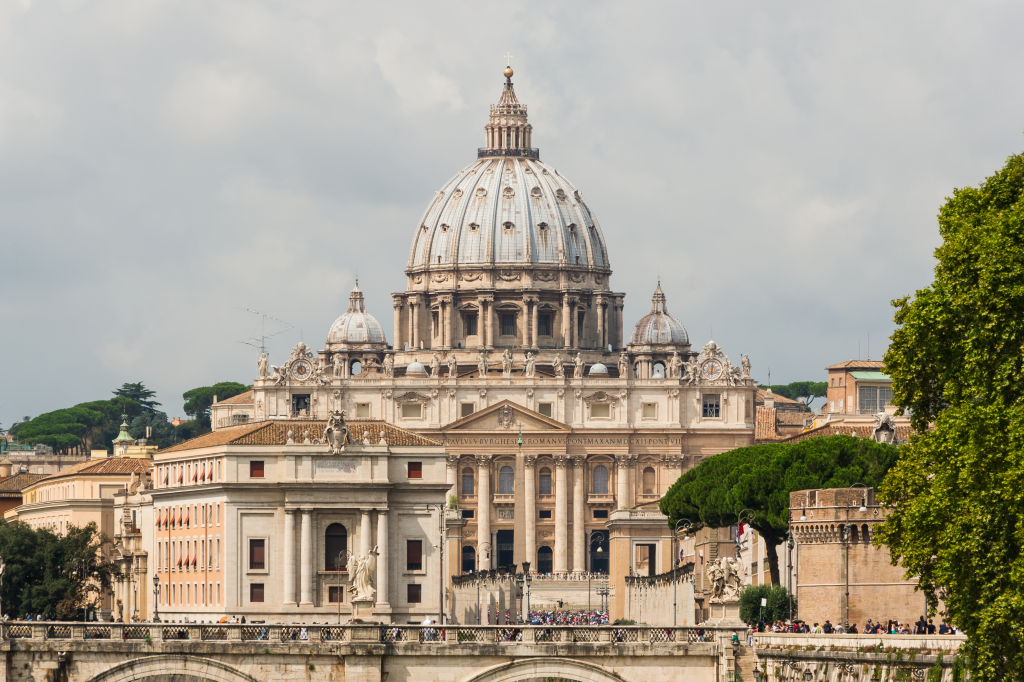
7. The Vatican’s Secret Archives
Below Vatican City is a network of shelves 53 miles long, stacked with centuries of Catholic Church records some from the 8th century. Treasures include Mary Queen of Scots’ request for rescue before being executed and Martin Luther’s documents of excommunication. Access has been available since 1881 to carefully vetted scholars, 60 at a time, for three-month intervals. To the public, the archives are an impenetrable vault of religious and political history.
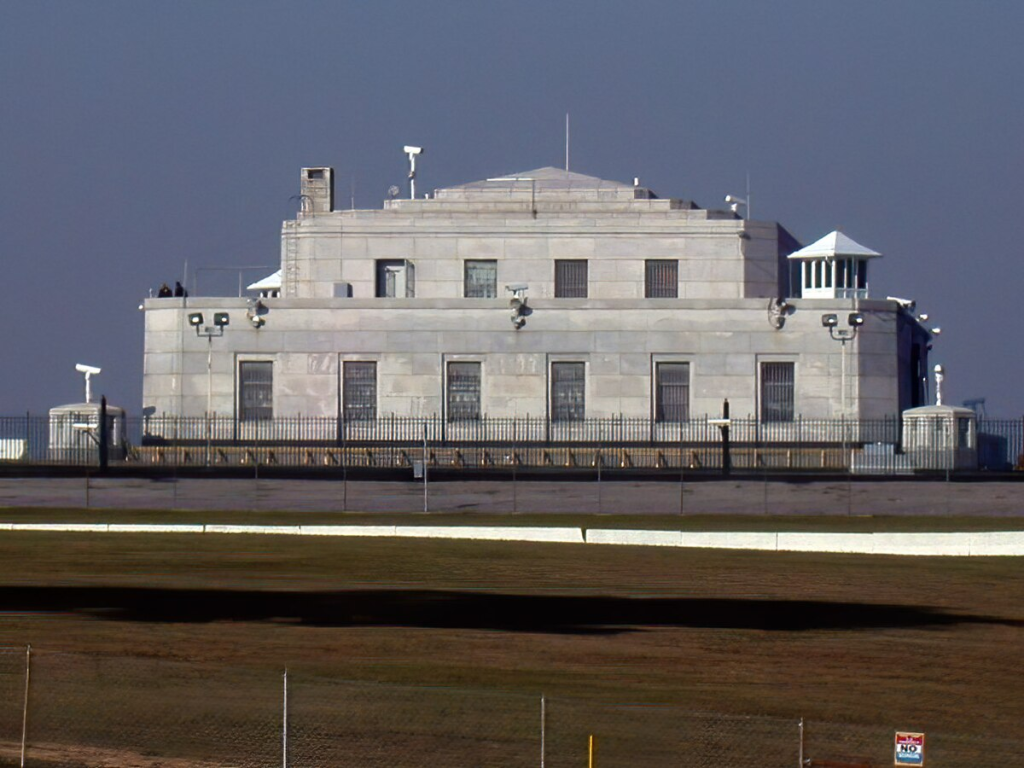
8. Fort Knox, America’s Gold Fortress
Built in 1936, Fort Knox in Kentucky is synonymous with security. Believed to house a large portion of the U.S. gold reserves, its vault door weighs over 20 tons. No single person knows the full combination; multiple staff must work together to gain entry. Armed guards, reinforced concrete, and layers of restricted access make it one of the most secure and inaccessible buildings on the planet.
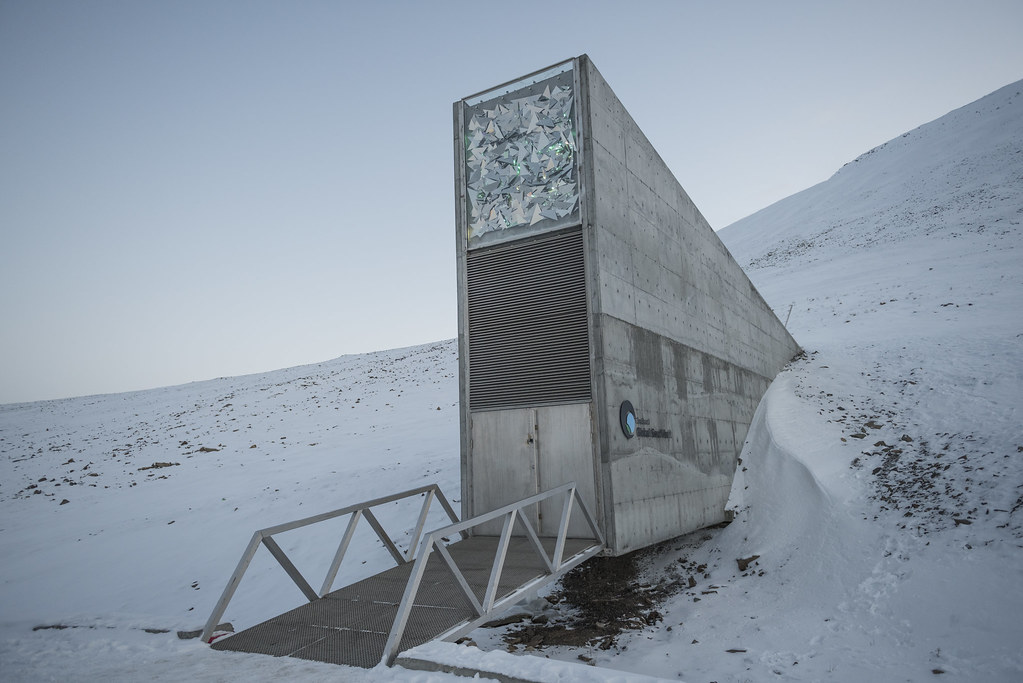
9. The Svalbard Global Seed Vault
Carved 393 feet into a mountaintop on a far-flung Norwegian island, the Svalbard Seed Vault protects more than 1.3 million samples of seeds from nearly all nations. Earthquake-resistant, flood-proof, and nuclear-proof, it’s a safety net for world agriculture in the event of disaster. Only depositors bringing seeds can get in, and the natural permafrost of the vault keeps them safe for centuries. It came into play in 2015 when war in Syria damaged one of the biggest seed banks, and the first-ever withdrawal was made.
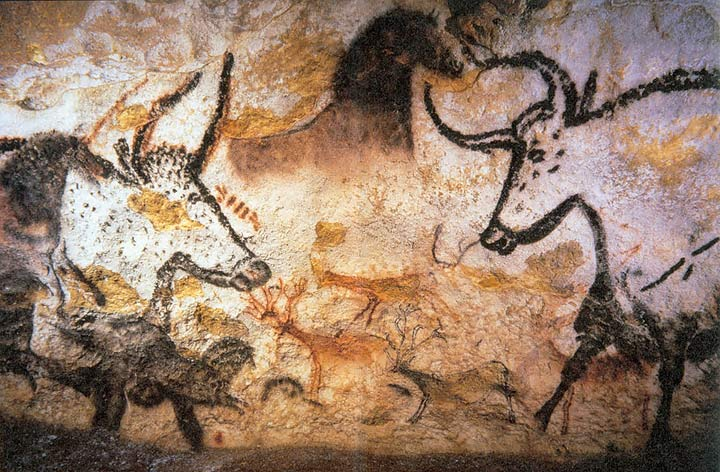
10. Prehistoric Masterpieces of Lascaux Cave
Found in 1940, France’s Lascaux Cave contains almost 2,000 Paleolithic paintings, including the legendary 17-foot black bulls in the Hall of the Bulls. A UNESCO World Heritage Site, it was shut down to the public in 1963 when people’s breath started disfiguring the art. Now, only preservationists and scholars are allowed inside, as the cave fights fungal infections and climate-related damage. Tourists can view lifelike replicas but the original is left sealed to preserve its 20,000-year-old treasures.
These off-limits locations fascinate us all the more because they’re inaccessible. Locked away for safety, conservation, or secrecy, each contains secrets that intermix history, risk, and enchantment. And though most of us will never step through the door, their enigmas continue to intrigue and serve as a reminder that some parts of the globe are best viewed from a distance.


